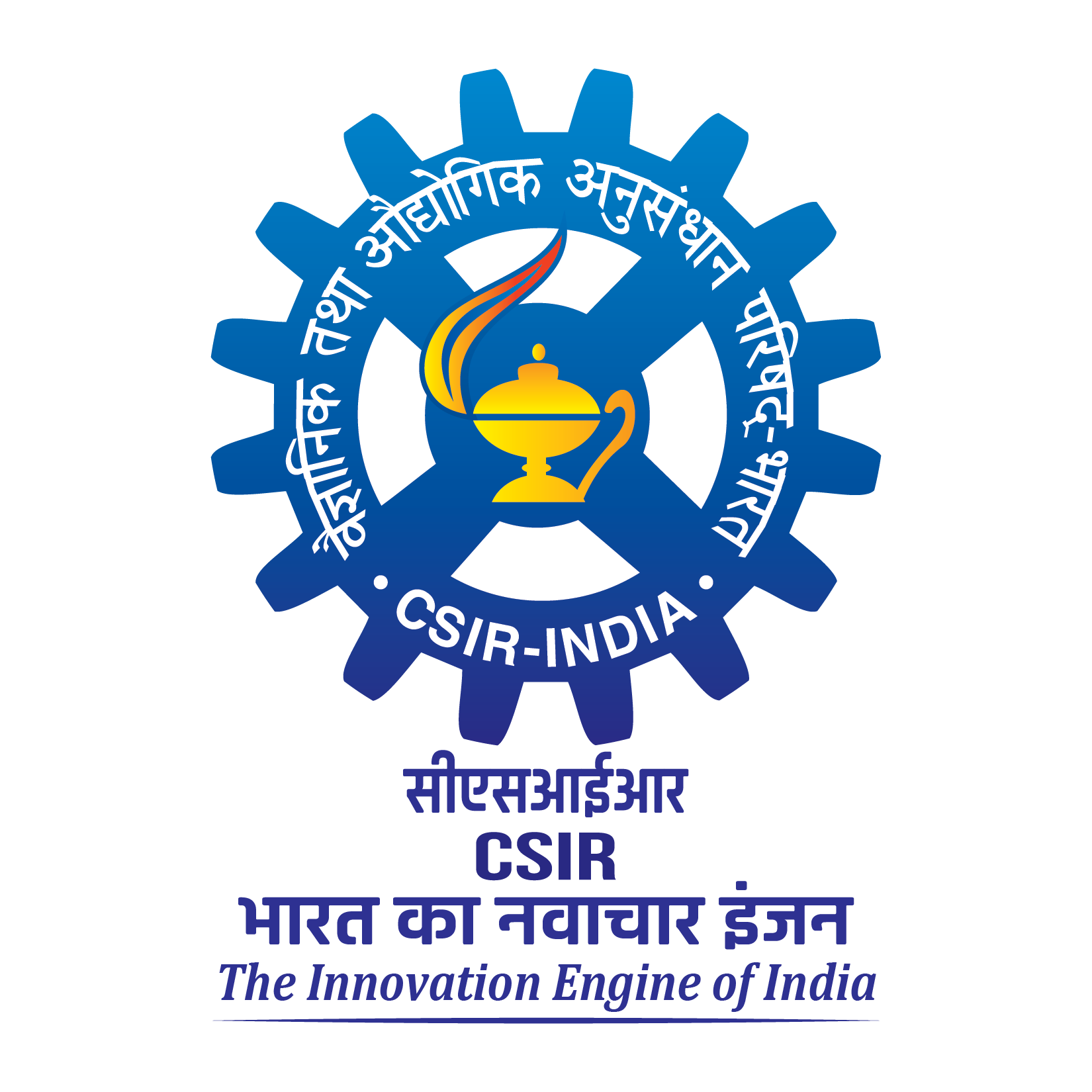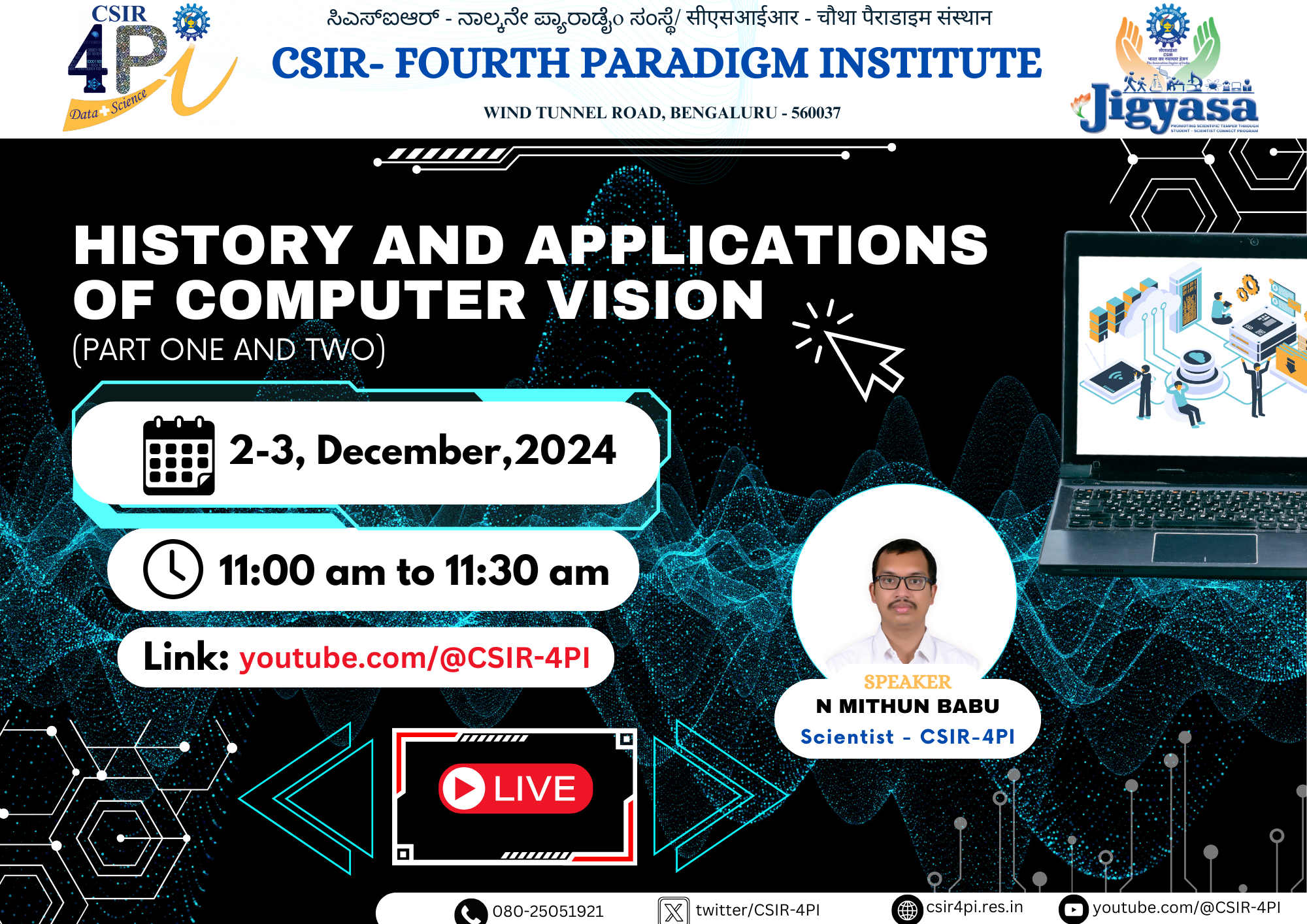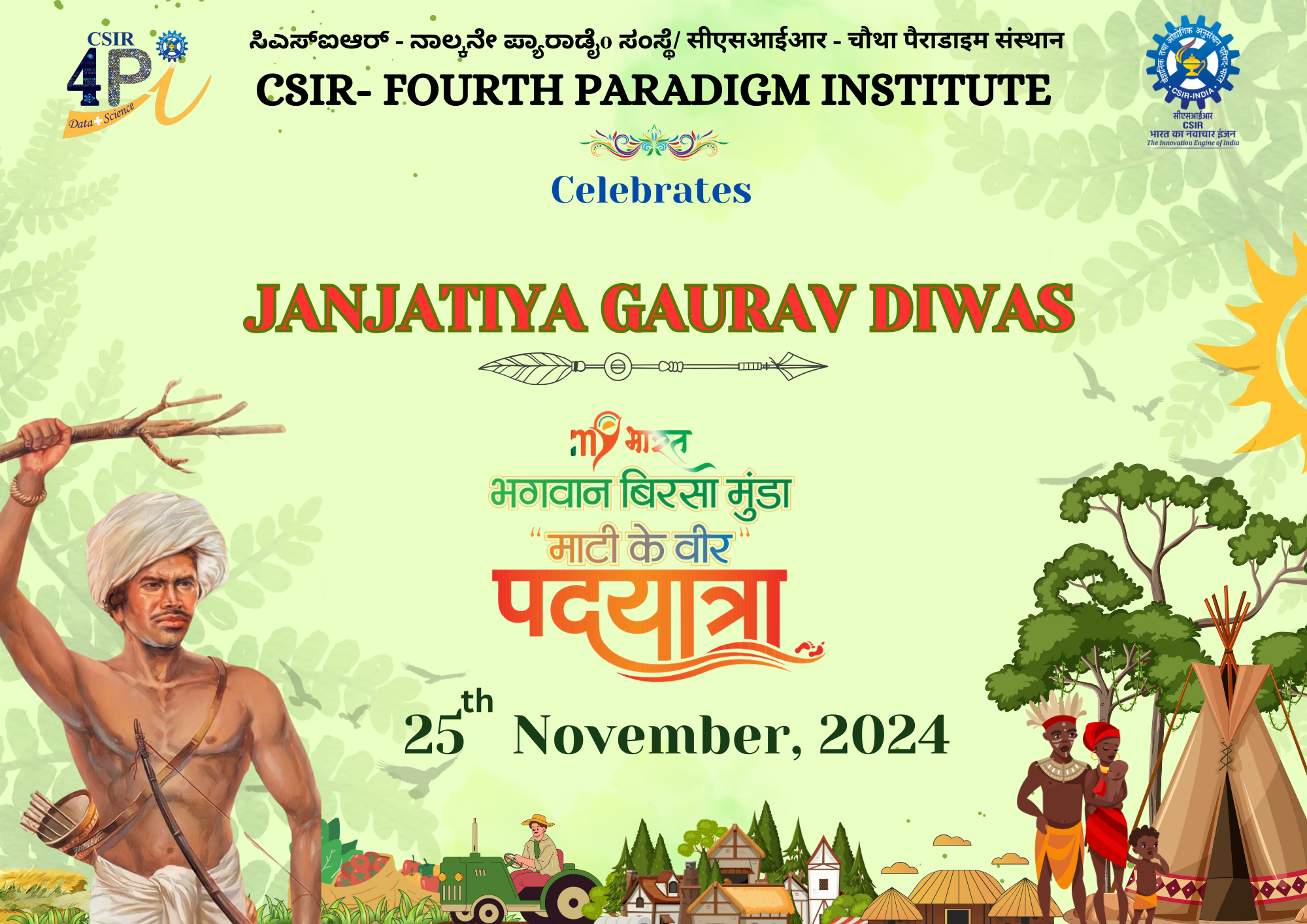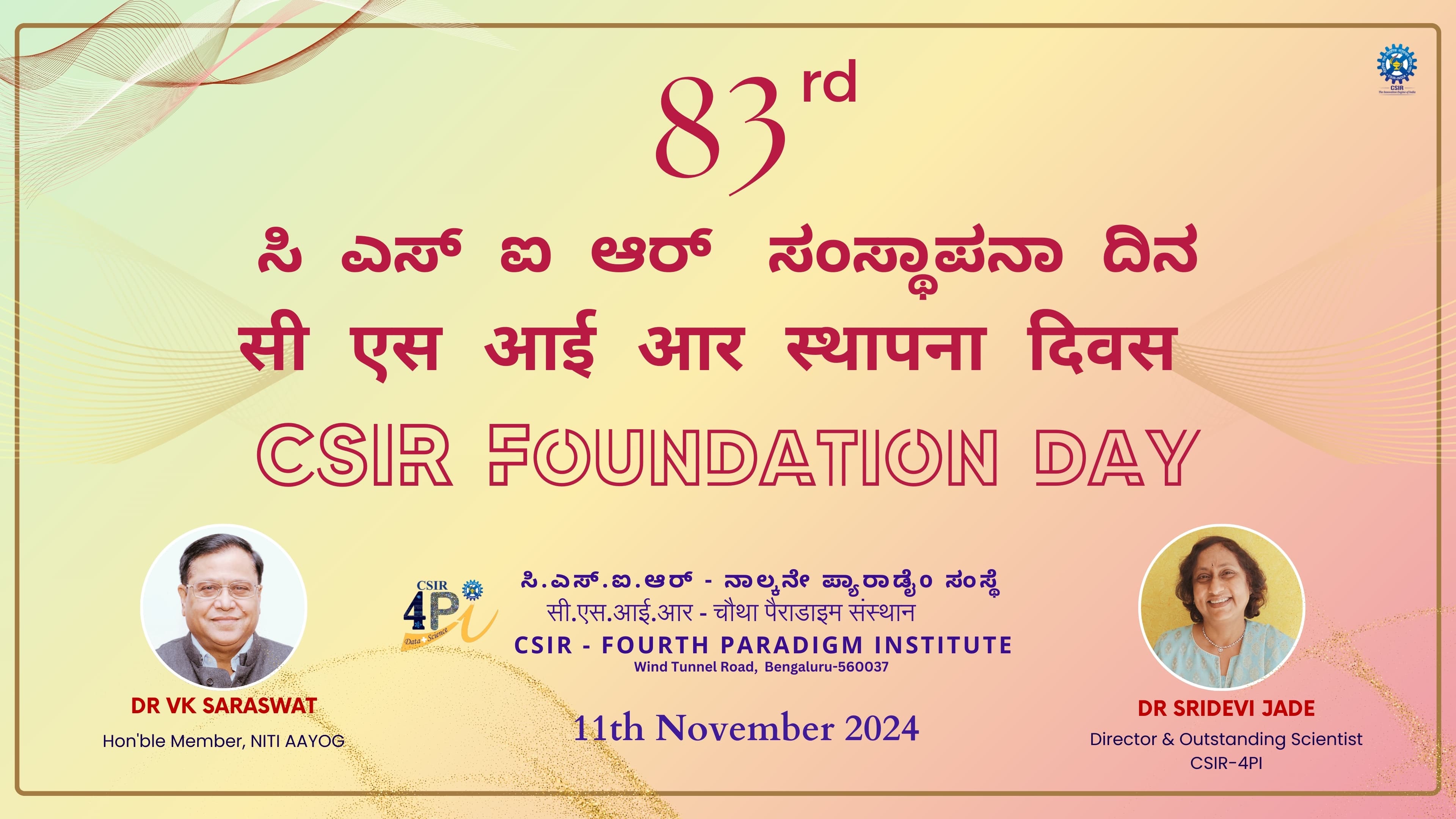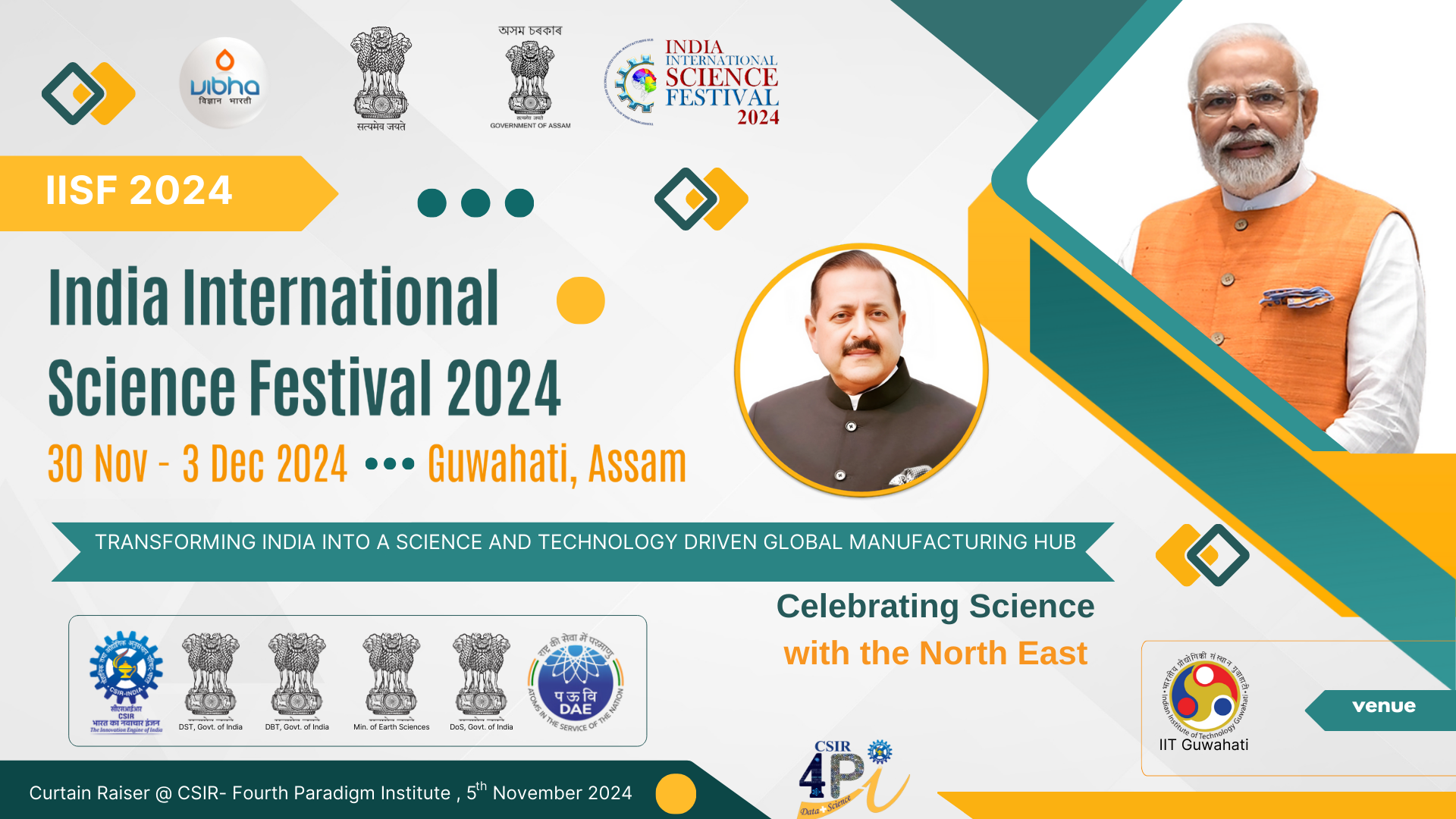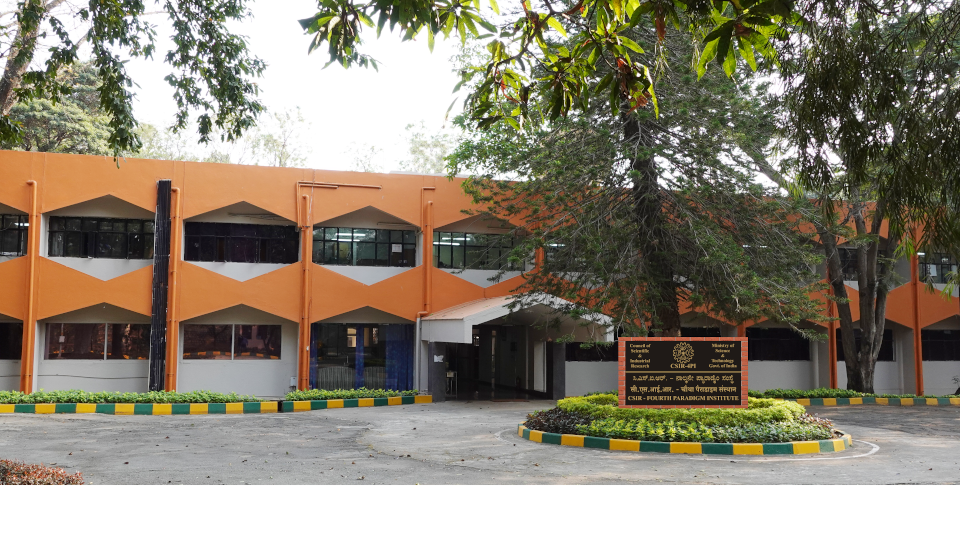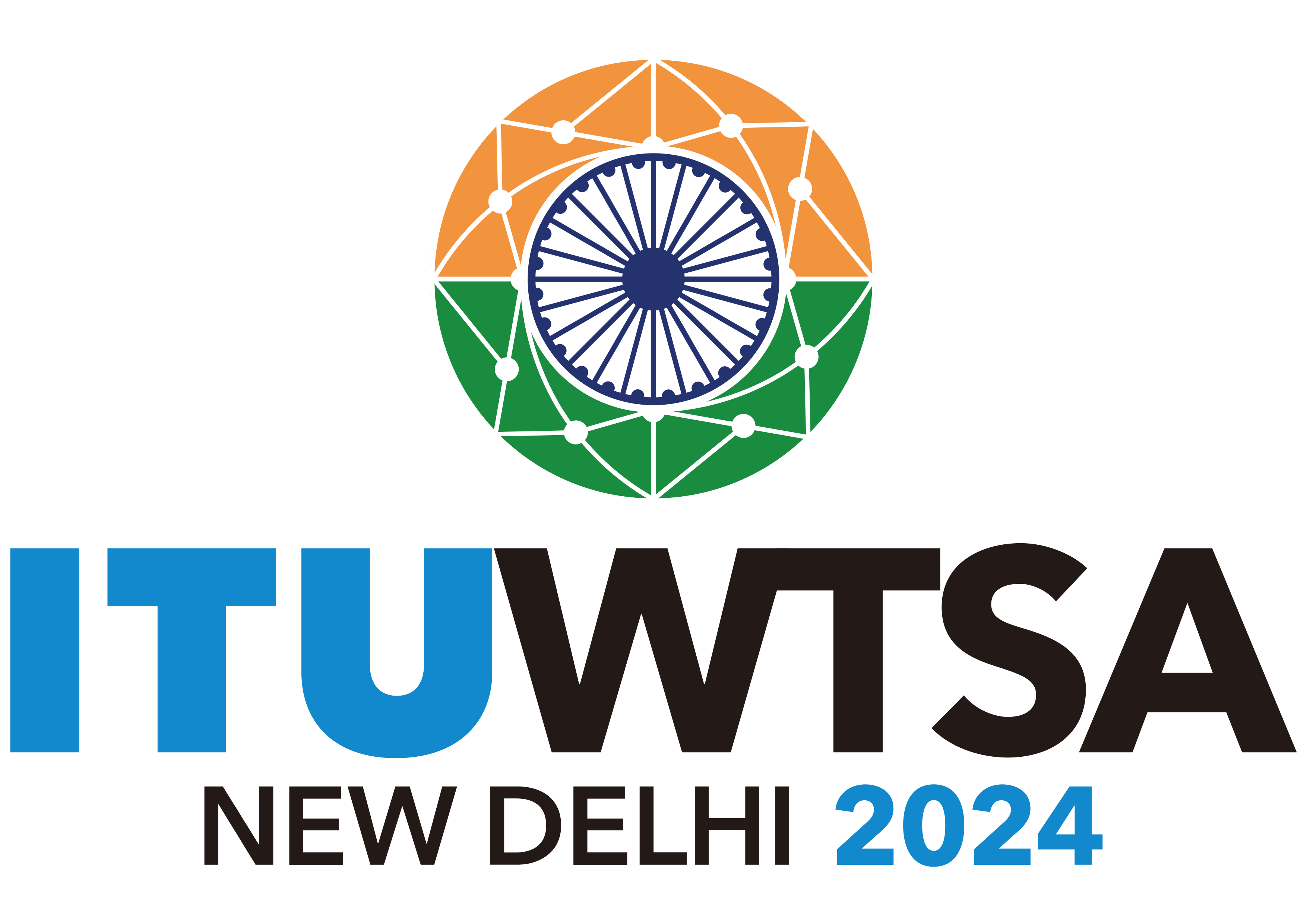by Jagat Dwipendra Ray, M. Sithartha Muthu Vijayan, Walyeldeen Godah, Ashok Kumar
Position time series from permanent Global Navigation Satellite System (GNSS)stations are commonly used for estimating secular velocities of discrete points on the Earth’s surface. An understanding of background noise in the GNSS position time series is essential to obtain realistic estimates of velocity uncertainties. The current study focuses on the investigation of background noise in position time series obtained from thirteen permanent GNSS stations located in Nepal Himalaya using the spectral analysis method. The power spectrum of the GNSS position time series has been estimated using the Lomb–Scargle method. The iterative nonlinear Levenberg–Marquardt (LM) algorithm has been applied to estimate the spectral index of the power spectrum. The power spectrum can be described by white noise in the high frequency zone and power law noise in the lower frequency zone. The mean and the standard deviation of the estimated spectral indices are 1.46±0.14; 1.39±0.16 and1.53±0.07 for north, east and vertical components, respectively. On average, the power law noise extends up to a period of ca. 21 days. For a shorter period, i.e. less than ca. 21days, the spectra are white. The spectral index corresponding to random walk noise (ca. –2) is obtained for a site located above the base of a seismogenic zone which can be due to the combined effect of tectonic and nontectonic factors rather than a spurious monumental motion. Overall, the usefulness of investigating the background noise in the GNSS position time series is discussed.
Ray, J. D., M. S. M. Vijayan, W. Godah, and A. Kumar (2019), Investigation of background noise in the GNSS position time series using spectral analysis – A case study of Nepal Himalaya, Geod. Cartogr., 68(No 2), 375–388, doi:10.24425/gac.2019.128468
Full Text: http://journals.pan.pl/dlibra/publication/128468/edition/112071/content
